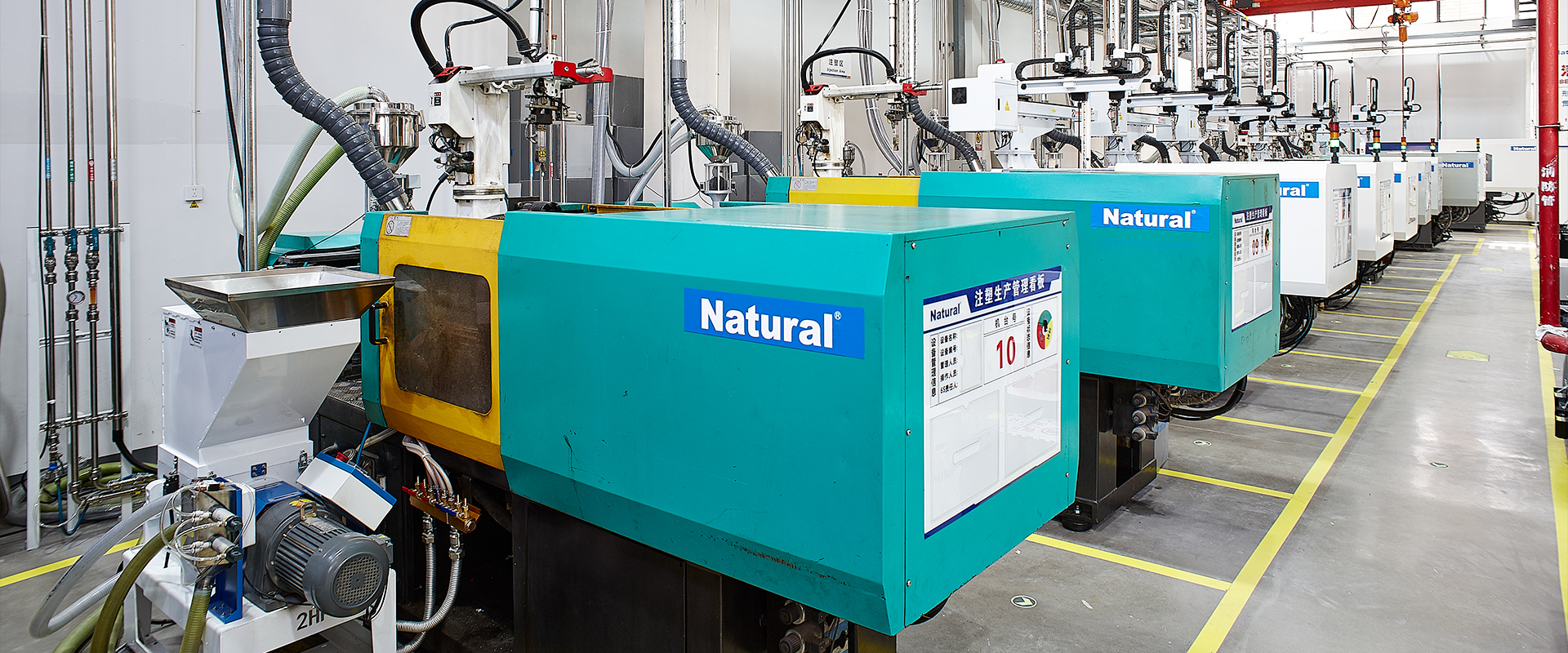the functionality and benefits of an adjustable mechanical thermostat
Release time:2025-11-14 19:03:01
An adjustable mechanical thermostat is a traditional yet effective temperature control device commonly used in heating, ventilation, and air conditioning (HVAC) systems, as well as other temperature-sensitive environments. Unlike modern digital or smart thermostats that rely on complex electronics and digital displays, the adjustable mechanical thermostat operates using simple mechanical principles, offering a reliable, durable, and cost-effective solution for regulating temperature. This article delves into how these thermostats work, their advantages, and where they are commonly used.

How Does an Adjustable Mechanical Thermostat Work?
The fundamental working principle of an adjustable mechanical thermostat is based on physical changes in materials due to temperature fluctuations. These thermostats typically incorporate a bimetallic strip or thermal sensor, which is a strip made of two different metals bonded together. Each metal expands at a different rate when heated, causing the strip to bend. This bending action triggers an electrical contact to open or close, thus controlling the operation of a heating or cooling system.
In most cases, the thermostat features a dial or knob that allows the user to set the desired temperature. As the room temperature rises or falls, the bimetallic strip inside the thermostat bends accordingly, either completing or breaking the electrical circuit that controls the HVAC equipment. Once the desired temperature is reached, the thermostat automatically regulates the system, either switching it off or on as needed.
 28 items Patent
28 items Patent
 28 items Patent
28 items Patent
 28 items Patent
28 items Patent








